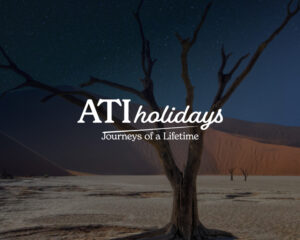Luangwa Valley
The Zambezi is Africa’s fourth largest river system (after the Nile, Zaire and Niger Rivers). Running through six countries, many areas along the river banks are protected and therefore offer a range of safe habitat for wildlife species.
The river itself is remarkably free of pollution, mainly due to the lack of human development on its banks, and opportunities for water sports and game viewing along its 2700 km length are exceptional.
The river forms the border between Zambia and Namibia and Zambia and Zimbabwe before it flows into the Kariba Dam. The Lower Zambezi National Park is Zambia\’s newest protected area and covers 4000 square kilometers on the northern, Zambian banks of the river. Habitat types include riverine floodplains, woodland and grassland, a heavily wooded escarpment and several islands.
These islands vary from large, rocky outcrops with towering, mature trees under which explorers such as Livingstone and Selous slept and carved their names in the trunks, to ephemeral, grassy sandbanks. Lying opposite Zimbabwe\’s Mana Pools National Park, the Lower Zambezi is rich in wildlife and also offers excellent fishing opportunities.
Canoeing trips are run along the meandering river; the best time to take part in this activity is between June and September. The river banks are dominated by Faidherbia albida (winterthorn) trees which tolerate sandy soils better than competing species and provide the resident elephant population with nutritious and tasty seed pods.
